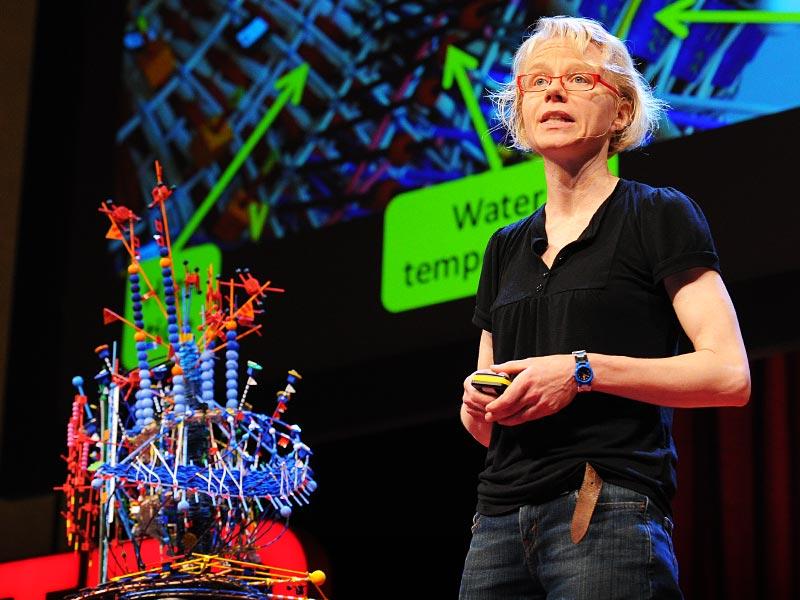Natalia Miebach is a Boston-based artist who translates weather data in sculptures and musical notes. In this Ted Talk, Natalie goes through her sculpture creation of Hurricane Noel in 2007. She explains how she turned the weather data into a unique sculpture that can also be read and played as musical piece. Natalie explains that weather systems and patterns are invisible to most of us. However, by using sculptures and music, Natalie makes what was invisible, visible.
Natalie’s method of data visualisations means that these pieces are accessible through multiple outlets – art, science and music. The viewer is challenged visually depending on the environment it is viewed in.

Miebach, N. (2011). Art made of storms [Image]. Retrieved 24 September, 2018 from https://www.ted.com/talks/nathalie_miebach
Most important aspect and why?
This was a really interesting and insightful was to view data and revealed that data can really be visualised in any way provided it create meaning. This approach is somewhat of a design technique in which Natalie applies using the data where the artwork output is purely reliant on the data. The most important aspect of this lecture was understanding that the data needs to inform the artwork or visualisation, not the other way around. Natalie ensures that the sculptures and the music created is a direct interpretation of the data. It isn’t manipulated to look or sound a certain way based on her personal interests. This was important because it reminded me that when approaching data visualisation it is important that the data informs the story told – that there is a story within the data not data within a story. In order to truly display original and unique patterns within data, this approach must be taken.
Reference
Miebach, N. (2011, July). Art made of storms [Video File]. Retrieved from https://www.ted.com/talks/nathalie_miebach